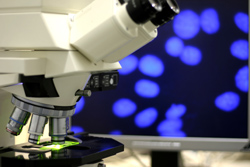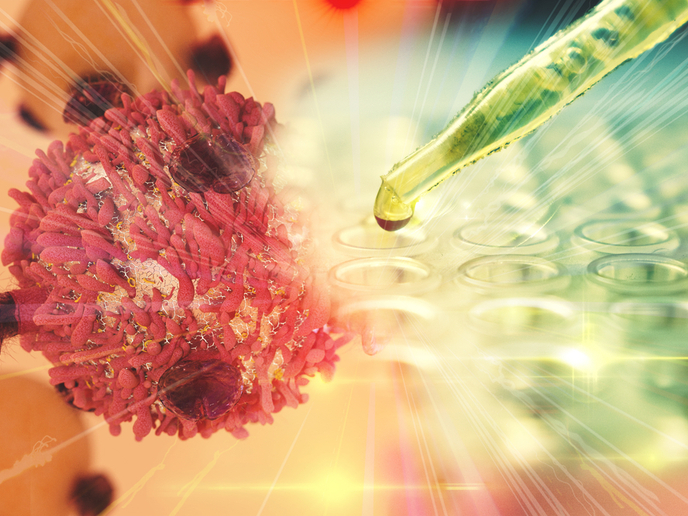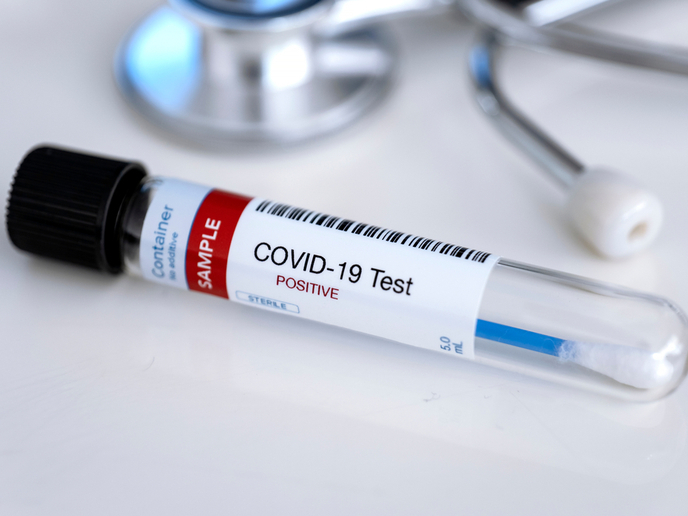Circumstances necessary for the bystander effect
When cells are exposed to ionising radiation, neighbouring or adjacent cells sometimes show the same molecular symptoms of stress even though unexposed. However, the bystander effect appears to vary according to the origin and type of cell. Researchers from the EU funded project INTERSTANDER aimed to elucidate the molecular mechanisms involved. To achieve this, they set up a range of biological model systems and measured frequency of DNA double strand breaks as the initiating lesions of the phenomenon. Experiments showed that damage to irradiated Chinese hamster cells (CHOs) fused with resting lymphocytes can be less than in unirradiated dividing CHOs that were not fused with lymphocytes. A protective or negative bystander effect therefore appears to be at work under these circumstances. This interesting phenomenon was explored further by scientists at the National Centre for Scientific Research 'Demokritos' in Athens. Using Chinese hamster ovary (CHO) cells and human lymphocytes after irradiation of one or the other type, they specifically investigated this protective effect. The team conducted various experiments using irradiated cells that were stimulated with PHA (phytohaemagglutinin). This was to test if the protective effect was evident in actively dividing cells, not just at the resting stage. Peripheral blood cells treated with PHA were fused with dividing irradiated CHO cells. No bystander effect was detected in the lymphocytes. The next step was to determine the effect of radiosensitivity present during the G2 stage of the cell cycle. Peripheral blood cells from a female donor were mixed with irradiated blood from a male source and cultured with PHA. Again, no bystander effects were recorded in either type of cell. Furthermore, using irradiated CHO cells fused with radiosensitive peripheral blood lymphocytes failed to show any transmitted bystander phenomena. Although bystander effects can be observed in some models, it has been demonstrated here that their presence is limited to specific conditions. This demonstrates the need for further research into this phenomenon to fully realise the implications of the processes involved in radiosensitivity.







